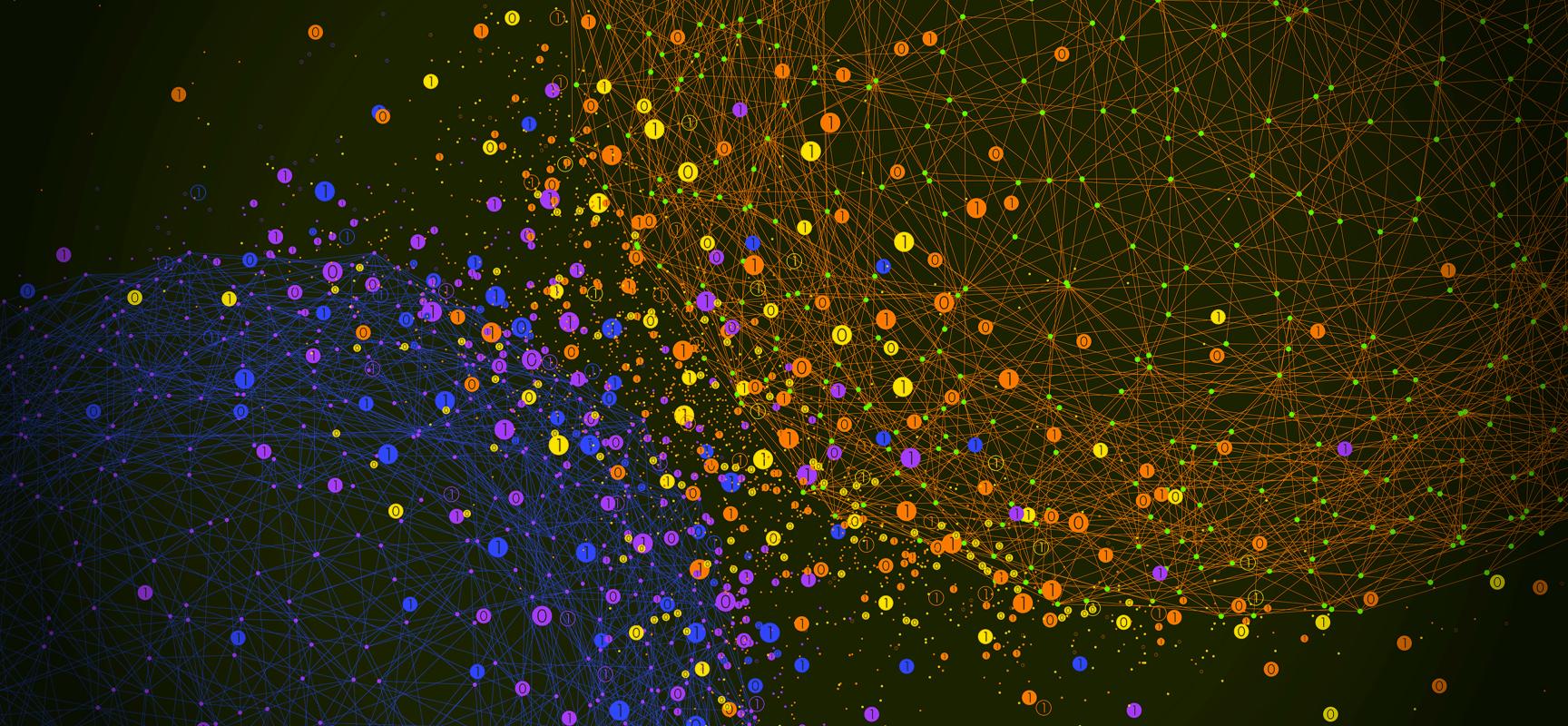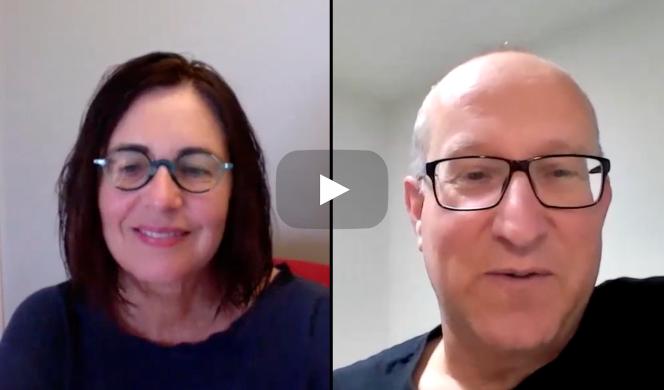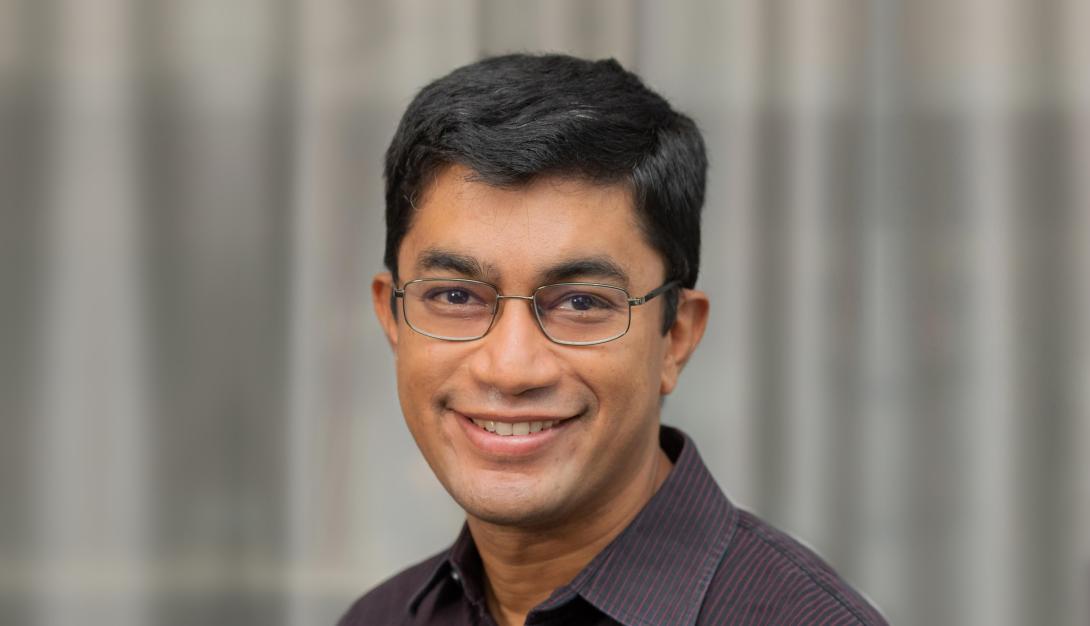
Greetings from Berkeley, where we’ve recently welcomed a merry band of cryptographers for what promises to be an outstanding summer program on...
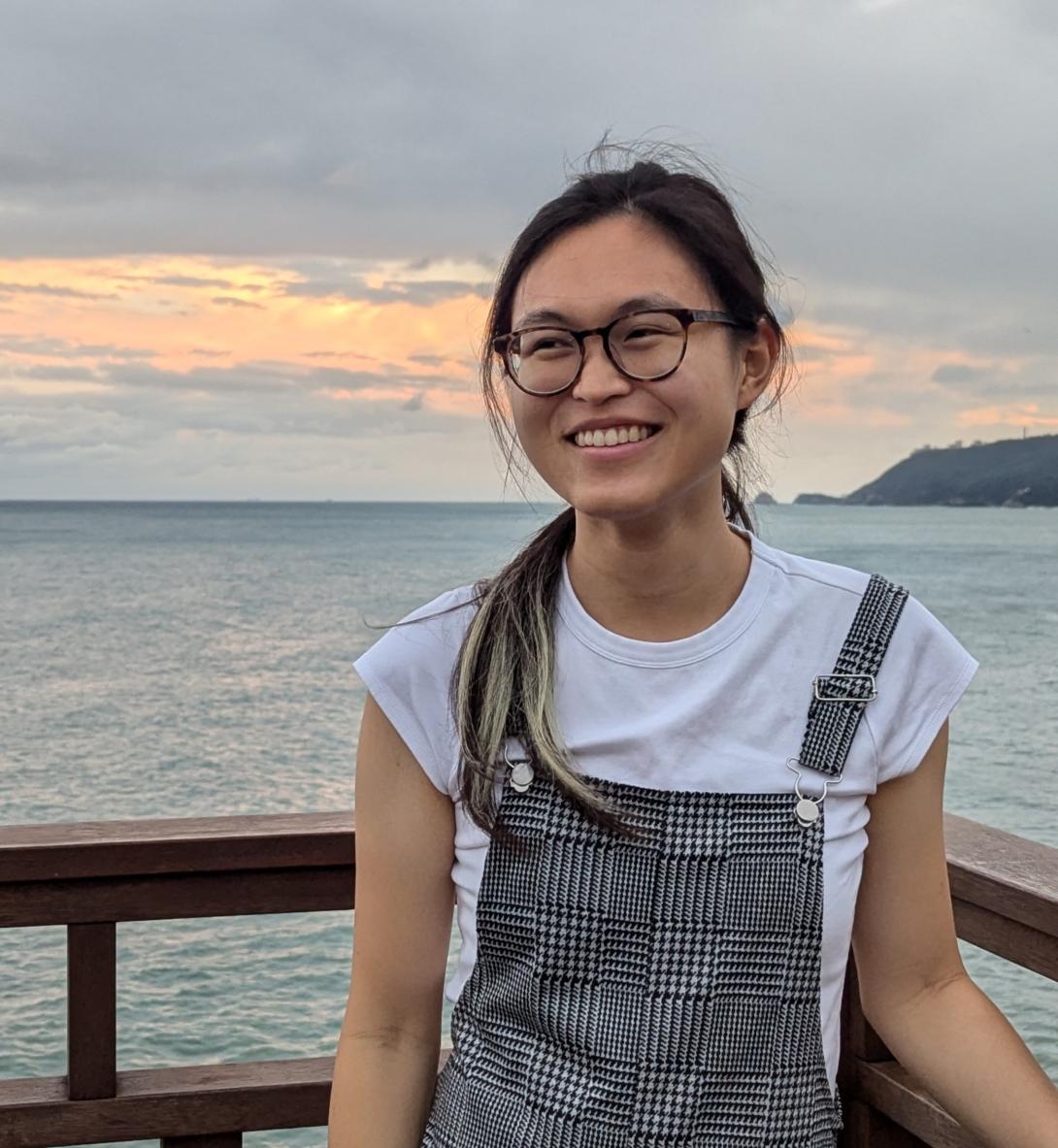
We’re delighted to share that Miller fellow and Simons Institute Quantum Pod postdoc Ewin Tang has been awarded the 2025 Maryam Mirzakhani New...
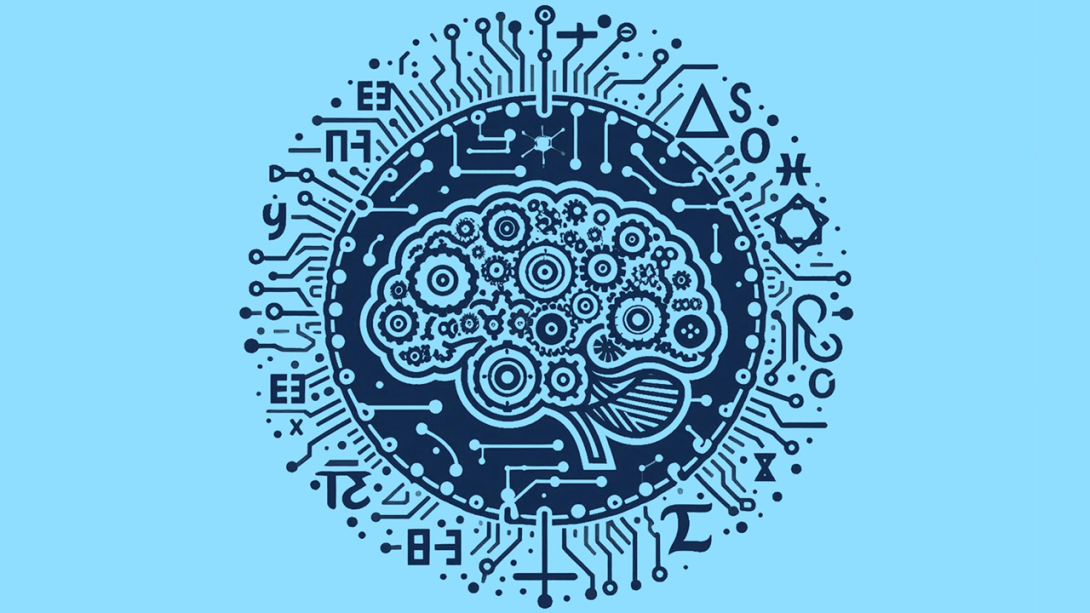
This month, we held a joint workshop with SLMath on AI for Mathematics and Theoretical Computer Science. It was unlike any other Simons Institute...
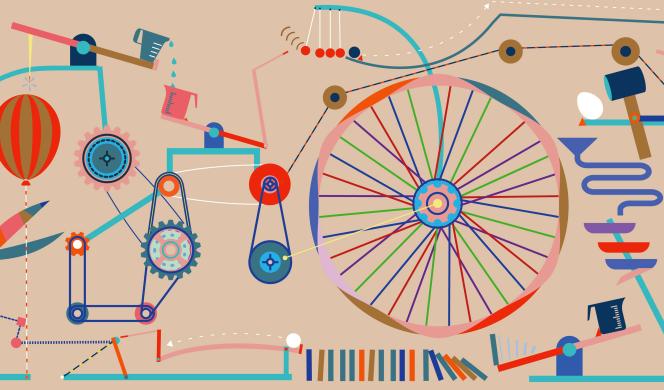
The reams of data being collected on human activity every minute of every day — from websites and sensors, from hospitals and government agencies — beg to be analyzed and explained. Was the rise in coronavirus infection rates visible in one data set caused by the falling temperatures in another data set, or a result of the mobility patterns apparent in a separate data collection, or was it some other less visible change in social patterns, or perhaps even just random chance, or actually some combination of all these factors?
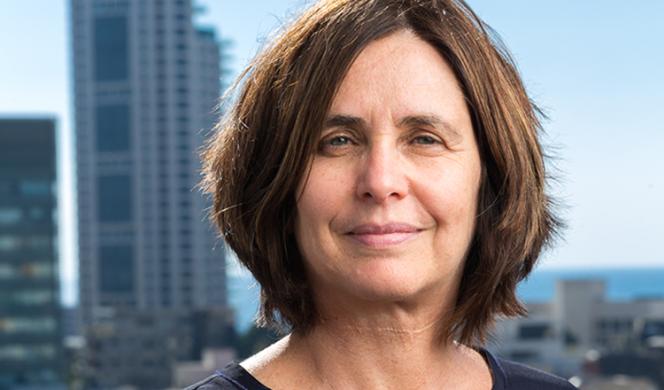
It has been an active November at the Simons Institute. This month, we held our annual Industry Day, followed immediately by its sibling event, Quantum Industry Day, which was introduced for the first time last year.
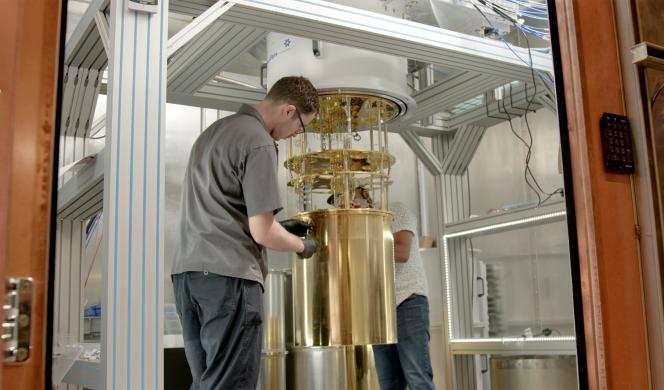
In this video from our UC Berkeley campus partners, faculty from across campus highlight the rich ecosystem of basic research, education, and entrepreneurship that makes Berkeley a leader in quantum science and technology.
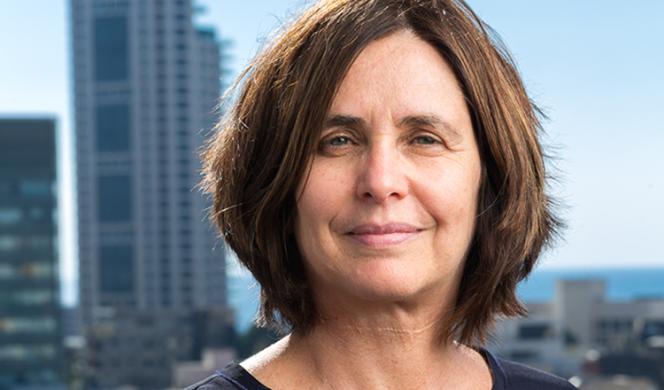
I hope you are enjoying a beautiful autumn around the world. Given the last few years, I say, "So far, so good." On that front, I recommend watching the videos from the excellent workshop that took place at the Institute on Epidemics and Information Diffusion.

In Until the Sun Engulfs the Earth, some of the world’s leading researchers and rising stars in the field of computational complexity play a memory game, find their way out of a maze, and explore an imagined landscape as they make sense of the mathematics of proving the hardness of problems. This short documentary produced by the Simons Institute will open the mathematics and computer science film festival hosted by the Heidelberg Laureate Forum in November.

Research and collaborations at the Simons Institute always proceeded apace through the pandemic with a diverse slate of programs and a large concentration of postdoctoral fellows. But even by the Institute’s busy standards, this past summer saw an exceptional level of activity, with four summer clusters, a full summer program, and an extended reunion, each running for over a month, as well as another reunion workshop.

On behalf of the Learning Theory Alliance, we are pleased to share this invitation to the 4th Learning Theory Alliance Mentorship workshop. The workshop is free.



